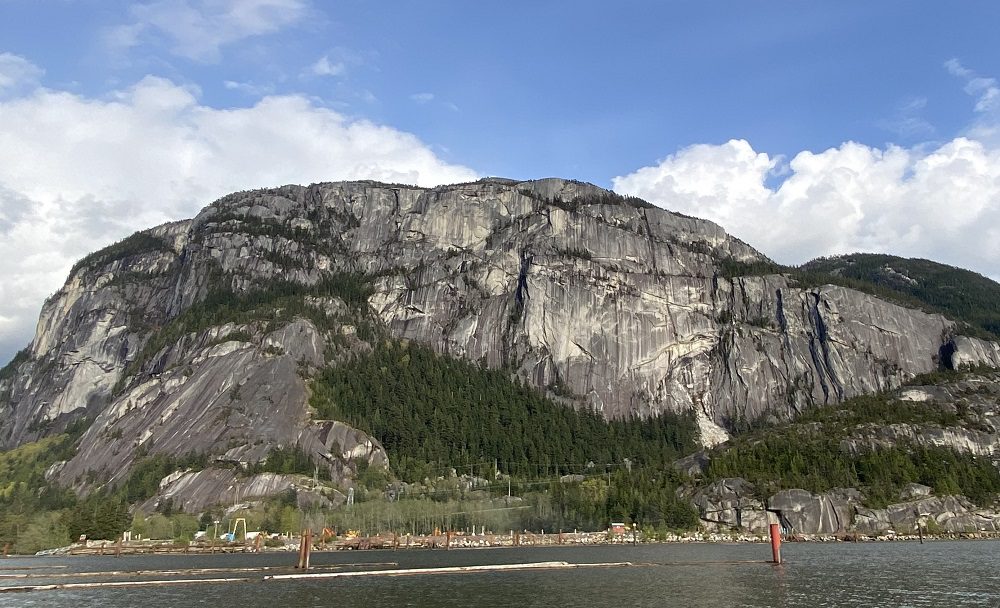Five Reasons to Wear a Rock Climbing Helmet
From trad and sport climbing to multi-pitch routes, you should consider climbing in a helmet at all times

Over the past few years, there’s been a number of serious injuries and deaths from climbing accidents. While the number of climbers wearing helmets has increased, this is a spring reminder to not leave your helmet at home.
A few years ago, pro British climber Mina Leslie Wujastyk took a fall while sport climbing at Malham Cove, flipped upside down and hit her head. She was rescued and has since made a full recovery. Leslie Wujastyk always wore a helmet on traditional climbs, but never felt the need while sport climbing.
In this case, she flipped because her harness was slightly too big, not because the rope was behind her leg. Read about her accident here.
Climbing will always be dangerous, but there’s ways to eliminate some of the risk. When it comes right down to it, you have the last say about how protected you want to be. But in light of the the many accidents, here are five reasons to wear a climbing helmet.
1. Outdoors is not indoors: These days most climbers get their start indoors and transition outdoors. You don’t have to wear a helmet indoors (something that might change) because there are foam floors, bolts are not far apart, holds are bolted to the wall and everyone is looking out for everyone. But outdoors, bolt distances vary, hitting the ground is a possibility, routes meander and create rope management nightmares, holds can break and things can fall from above. There are far more hazards at a sport crag than at your local gym.
2. Proven to work: Helmets have saved countless lives, whether the climber was sport or ice climbing doesn’t matter. Even boulderer John “Verm” Shermann, who came up with the V grade started wearing one after getting too many concussions from climbing. “These days, if I can’t find a legitimate reason not to wear a helmet, I wear one. Which is 98 per cent of the time,” he said.
3. Technology has improved: For a long time, climbers didn’t wear helmets, not even in the alpine, because they were big and uncomfortable. Not only that, but they didn’t aim to protect your head during a fall, only from falling objects. Over the past few years, even the “old schoolers” have started to wear helmets because of the lighter and better ventilated designs. In terms of technology, standards for side, back and front impact are improving with big changes to come in the next few years.
4. Risks: Knowing the risks can help you make better decisions. New climbers don’t always know all of the risks, so be sure to share your wisdom at the crag. Some risks include falling and flipping from a rope behind your leg, flipping from wearing the wrong sized harness, falling and hitting the ground before clipping gear and having something fall on your head. You can recover from a pulled tendon, but you might never recover from a head injury.
5. The obvious: Climbing isn’t worth dying for. Anyone who’s been climbing long enough knows someone who’s had a life-changing incident or died from their injuries. Helmets aren’t about invincibility, they’re about upping your chances of walking away from a head-related accident.


